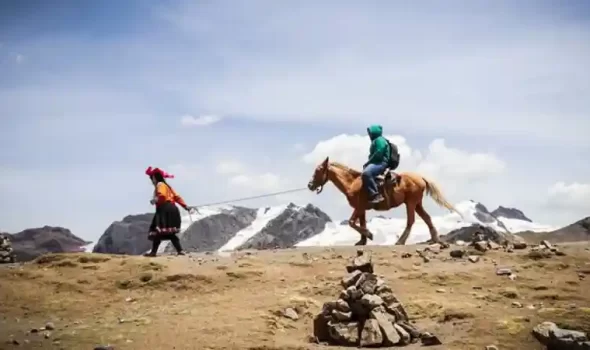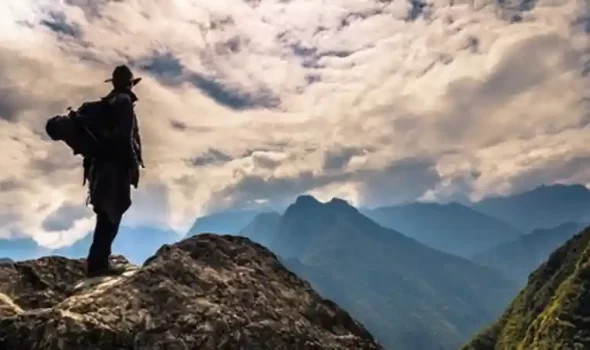Is hiking Machu Picchu dangerous? One of the most important aspects when selecting our trip is to know if a destination is safe or not. And in the case of a wonder of the hierarchy of Machu Picchu is even more necessary to know. Let’s solve the question of whether traveling to Machu Picchu is dangerous.
Cusco, a dangerous destination?
If we start looking for testimonials on the internet, whether blogs, travel platforms, social networks, various videos or even on the website of the U.S. embassy, we will see that many paint a somewhat distorted picture of reality by branding Cusco as a dangerous region. Renowned websites talk about robberies in cabs and assaults. And yes, this may be a problem in Lima, but you won’t hear about it in Cusco.
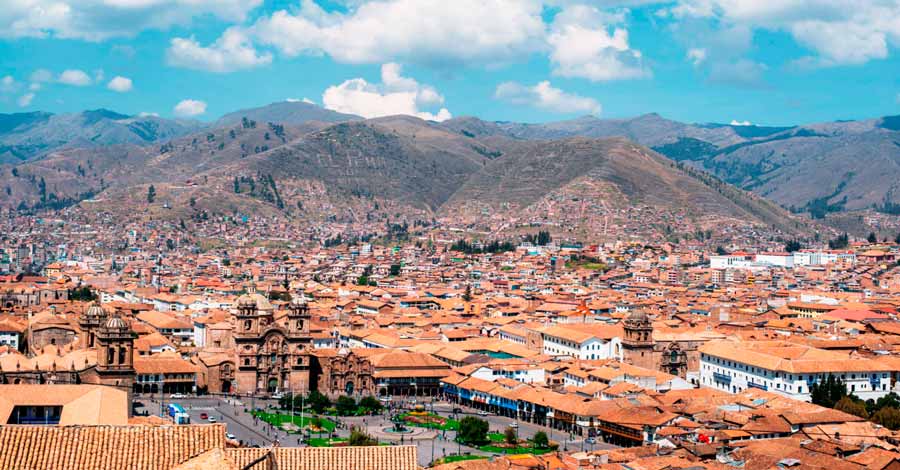
Going directly to the point, the most dangerous areas of Peru are in the deep jungle areas far away from the population centers and where the hand of the state hardly reaches, this due to activities such as drug trafficking. The U.S. embassy refers specifically to these places in the deep jungle of Cusco, hundreds of kilometers from the city and where there is no tourist activity.
On the other hand, as in any part of the planet, there are cities that are somewhat more dangerous than others. Fortunately, Cusco could be defined as a city with little or no criminal activity. Many travelers ask about the safety of the city upon arrival, it is no exaggeration to say that Cusco is a very safe and quiet city that even has a division of the police exclusively dedicated to ensure the safety of its visitors. Police that at most performs tourist orientation work.
As in almost any city in the world, there are areas where there is some danger. In Cusco is no exception and these places can be found in some neighborhoods in the farthest areas of the historic center of the city, when the night is far advanced. Any visitor with some common sense would not have to walk far from the perimeter of the monumental center of the city late at night.
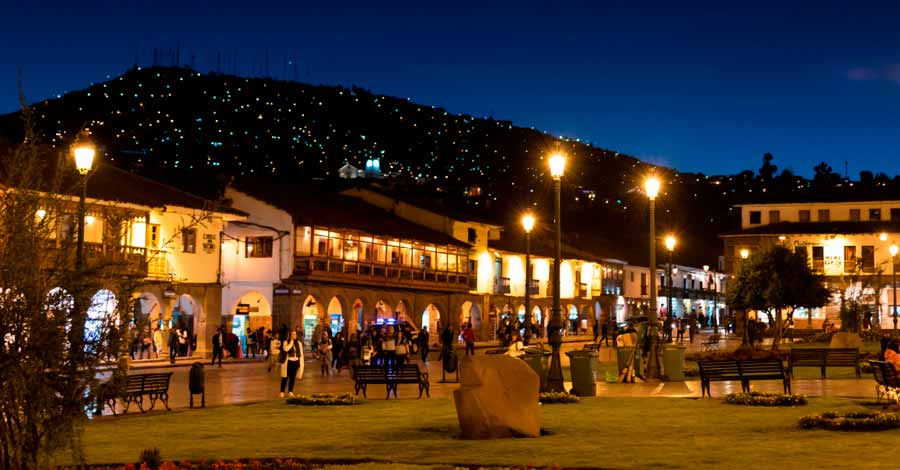
That said, we guarantee that Cusco is a very safe place where you can walk around without any worries. However, it never hurts to pay attention to your surroundings, especially if you arrive during local festivities. In these days the neighbors of Cusco congregate in the streets of the city center, you never know if you could be the victim of a pickpocket who could steal an electronic device or a wallet among the agglomeration of people. The last point, we repeat, only in cases of local festivities that conglomerate many people through the narrow streets of Cusco.
What is Machu Picchu?
Machu Picchu, Machu Pijchu or Machupicchu is a colossal work of Inca architecture and engineering called “llaqta”, the word for multifunctional Inca cities in the Quechua language. It is one of the greatest feats of Inca engineering, and one of the 7 wonders of the world as of June 7, 2007. It has endured six centuries of earthquakes, foreign invasions, natural conditions, and yet remains unbeatable over time.
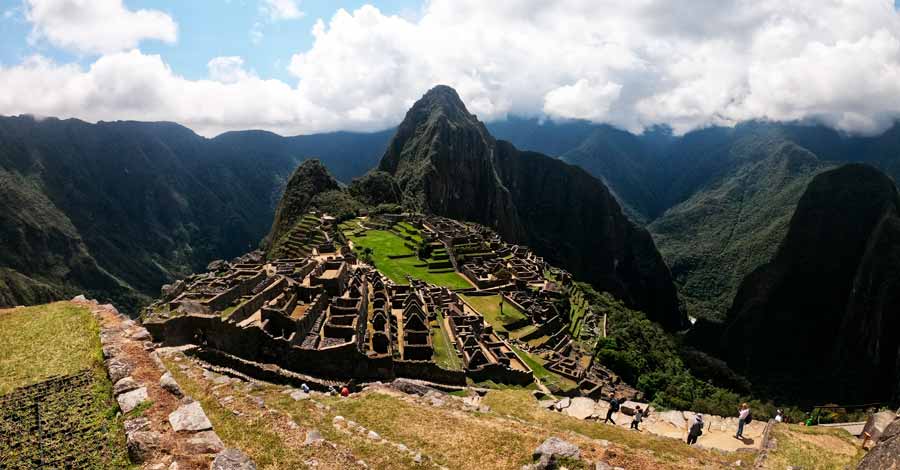
It is one of the best places in the world to be discovered by oneself. Strolling through its almost 200 enclosures distributed in three zones and climbing to the heights of one of the mountains that surround it, Machu Picchu Mountain or Huayna Picchu are experiences that leave no person indifferent. Machu Picchu is considered the best destination in Peru and also the best destination in South America by many people.
Is hiking Machu Picchu dangerous?
According to information from the Peruvian state and what one can perceive once en route, the security of visitors to Machu Picchu is done through a “security corridor of 230 kilometers/143 miles”; this corridor includes, from your arrival in the city of Cusco, the tour of the Sacred Valley of the Incas and all the sites of the Machu Picchu, the inca citadel and the Inca Trail. All this territory is guarded 24 hours a day by a control center monitored by the tourist police. They are also backed up by strategically located high-definition surveillance cameras.
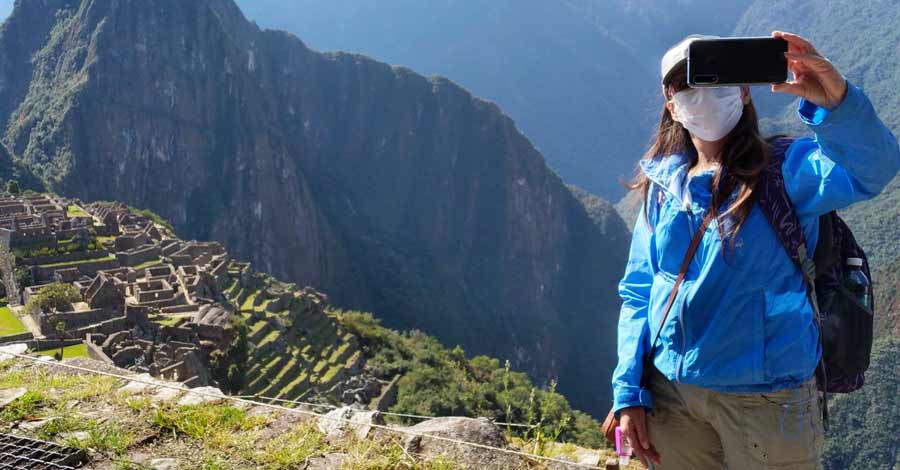
There are some 200 agents who will respond in the event of an emergency. These are located in places such as Ollantaytambo, the Inca Trail trails, the town of Aguas Calientes and the Inca city of Machu Picchu. Some uninformed people can be seen in places such as the entrance to Machu Picchu, but there are other civilian clothes working incognito and doing monitoring and intelligence work; these also involve contingency measures and crime prevention.
Safety in the citadel of Machu Picchu or Llacta of Machu Picchu
Being in the Historic Sanctuary of Machu Picchu itself, you will be able to walk without any inconvenience, security is complete. Next, we will provide you with useful information for your visit to this incredible place:
- From the entrance gate and throughout the tour, you will observe guards who are vigilant for any event or unforeseen. To enter, do not forget that it is mandatory to carry your passport with your entrance ticket.
- You are only allowed to enter Machu Picchu with a small backpack or similar. In the case of being accompanied by large backpacks, these must be left outside Machu Picchu, in a luggage storage area that has an additional cost.
- The access route to Machu Picchu is fully signposted, as is the access to Huayna Picchu Mountain, Machu Picchu Mountain and Huchuy Picchu.
Safety in Machu Picchu town or Aguas Calientes
Machupicchu attracts thousands of tourists that vary in quantity depending on the season. The town where Machu Picchu is located is called Machu Picchu Pueblo or Aguas Calientes. This town is very small because it is located in a small space on the banks of the Vilcanota River, and is completely surrounded by mountains.
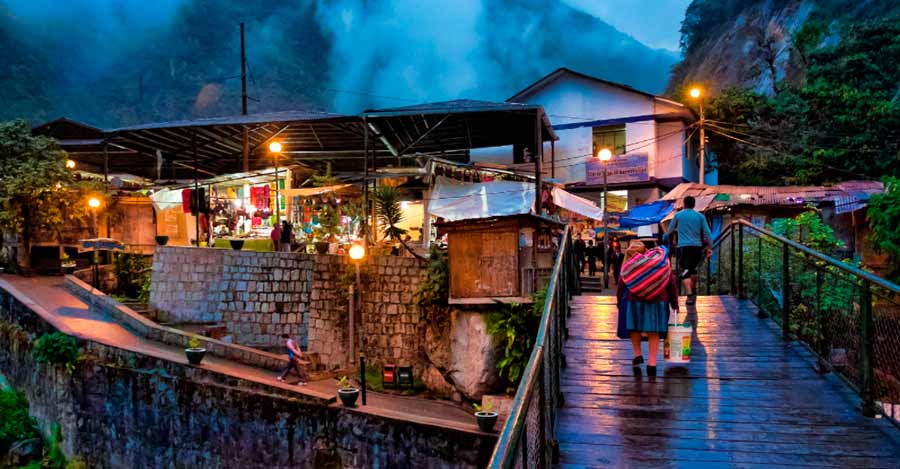
Certainly, Machu Picchu town is even quieter than the city of Cusco, most people who walk its streets are visitors from all over the world. Many of them are led by a guide, hotel staff, restaurant staff, and people who are basically engaged in tourism. We add to this that the streets of Machu Picchu Pueblo (or Aguas Calientes) are constantly guarded by security personnel of the municipality and the tourist police. In terms of security, Aguas Calientes could easily be one of the safest places in Peru.
How to get to Machu Picchu? – Safety according to the chosen route
Currently, we have 3 main routes to get to Machu Picchu, each one very different from the other. Let’s consider that these routes are combined with different trekking routes or tour packages that accommodate the needs of travelers. Let’s see them below:
The Inca Trail to Machu Picchu
The Inca Trail to Machu Picchu is a small section of 39 kilometers that once integrated more than 30 thousand kilometers of Inca trails connecting a large part of South America. This hike is considered one of the most impressive in the world, and an activity that should be done before you die. The classic trek lasts 4 days and 3 nights, although there are longer versions of 5 days and 4 nights, as well as a short version of 2 days and 1 night.
The Inca Trail combines beautiful Inca sites spread across different altitudinal levels from the high Andean mountains to the rainforest. The only way to access the Inca Trail is with a travel agency. The trail is strictly monitored by the Peruvian authorities due to its majesty and importance. The Inca Trail is closed during the month of February due to heavy rainfall and for maintenance.
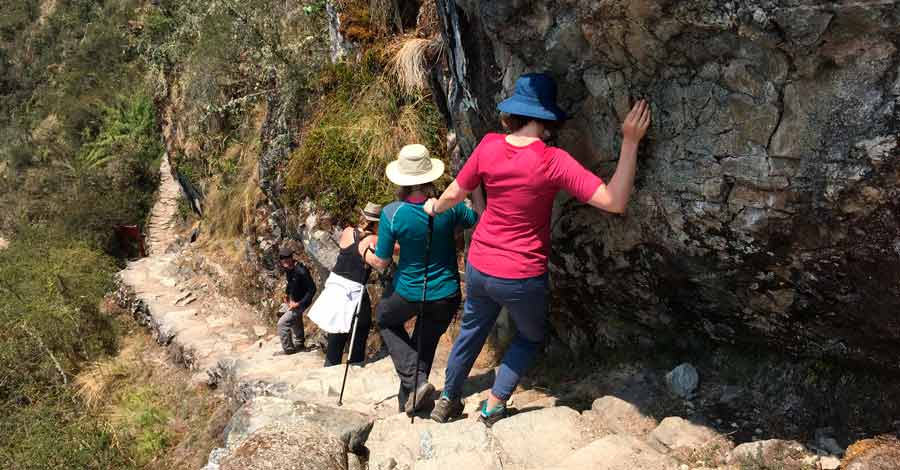
The Inca Trail is an exclusive place for people who manage to obtain an entrance permit. It is monitored 24 hours a day by the park rangers of the Historic Sanctuary of Machu Picchu. On the other hand, it is a place where no one is exempt from suffering an accident due to weather conditions (especially during the rainy months) or altitude sickness in the higher areas of the trail. However, it can be said that it is easier to suffer an accident at home than on the Inca Trail to Machu Picchu.
Train to Machu Picchu
This option is the fastest and most popular way to get to the wonder of the world, about 70% of travelers take the train services. The stations to arrive at Aguas Calientes (the closest town to Machu Picchu) are located in Poroy (20 min from the Cusco centre) and Ollantaytambo (1 hour and 40 min from Cusco).
The main operating companies are Peru Rail and Inca Rail with different categories of services and a very varied schedule of departures. The trip from Poroy station takes about 3 hours and a half, while the trip from Ollantaytambo station takes 1 hour and 45 minutes on average, the latter is the route most used by travelers.
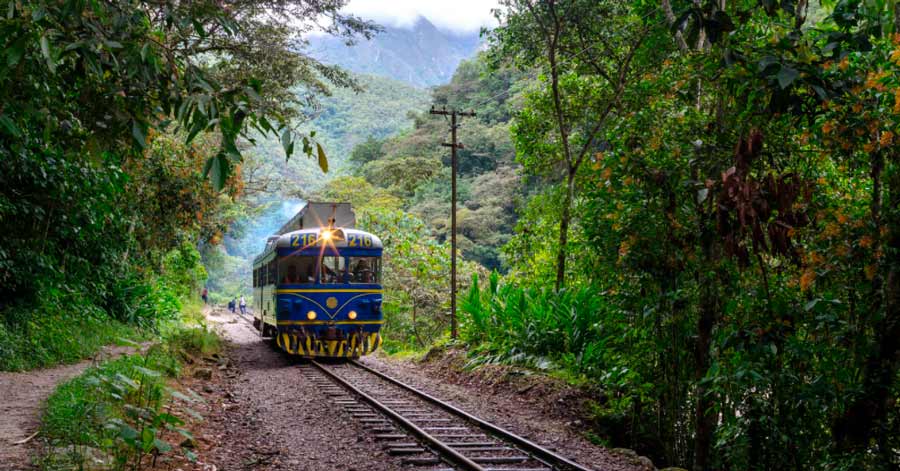
Trains to Machu Picchu are a very safe means of transportation. However, we must warn that during the rainy season in the Cusco region (between the months of December and March) there are usually delays and postponements of departures due to landslides and even train tracks affected by the overflow of the river. These problems are usually solved as soon as possible due to the existence of rapid response teams for these circumstances. During the dry season (April to October), there are no such problems.
Hidroelectrica route to Machu Picchu
This route is done in two phases: leaving from Cusco and going by the road that goes to Quillbamba and crossing the towns of Santa Maria and Santa Teresa to the small town called Hidroelectrica (a journey by car of about 6 hours or more). Then, once in Hidroelectrica, there is a hike of 10 kilometers or a little more than 6 miles to the town of Aguas Calientes, the walking time is 2 to 3 hours depending on the walking pace of the traveler.
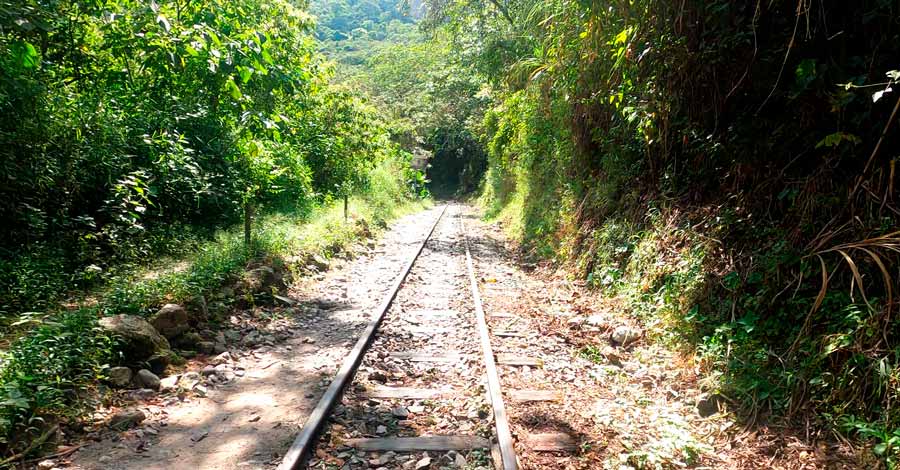
Although this route is the cheapest way to get to Machu Picchu for a foreigner and it is certainly very beautiful, during the rainy season it is the most dangerous route. During the rainy months there are constant landslides, the roads are affected by fog and even the river can make bridges impossible. Our advice is that if you travel to Machu Picchu through this route, preferably during the dry season in Cusco (April to November) and not during the months of constant rains (December to March).
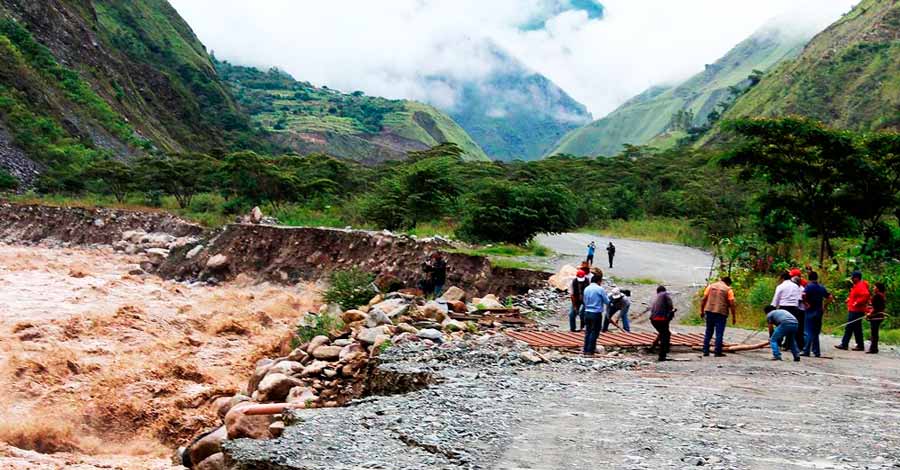
Useful tips about the use of your money in Cusco
- When withdrawing money from an ATM, try to do it in authorized establishments. Make sure that no one is watching your transaction if you do it in public.
- Try to carry cash for tours such as Rainbow Mountain, the 2-day Inca Trail or the Sacred Valley of the Incas.
- You can use U.S. dollars (USD) and Peruvian soles in most tourist establishments. Try to make currency exchanges in safe places.
- Carefully check the bills you receive.
- When using your credit card, do not let them take your card out of your sight. Type your secret code without anyone watching you.
Useful tips for getting around the Cusco city
- Avoid going through dark streets or streets with little affluence of people. Try not to carry valuables with you or carry them discreetly.
- If you have doubts about places or areas in the city of Cusco do not hesitate to consult your travel agency or the reception of your accommodation.
- Respect the schedules of entry and exit of the attractions. Try not to stray from the established routes and always have your official guide insight.
- Authorized cabs in Cusco have a polygonal sticker on the front window and a yellow and black checkered sticker on the sides. For added safety, you can take cabs ordered from your hotel reception.
- Make sure that your transportation service vehicles have the corresponding authorizations for any of your tours to Machu Picchu or other destinations.
- Do not leave your belongings unattended when going through crowded places such as plazas, markets, fairs, transportation stations and others.
- If you want to enjoy the nightlife of the city, we recommend you to do it accompanied or with a group.
Tips for hiring Hotels and Tourist Agencies in Cusco
- It is recommended that you have available the information of the companies whose services you hired (name, address, telephone, contact person), including their tourism agency, hotels, guides, transportation and more.
- Do not hire services from agencies in public, due to their dubious reputation. Demand that they show you authorizations from national authorities such as DIRCETUR, the Ministry of Culture and SERNANP (the latter in the case of Inca Trail tours).
- Always demand valid proof of payment (sales slip or invoice) for any service you hire in tourist agencies, hotels and other similar.
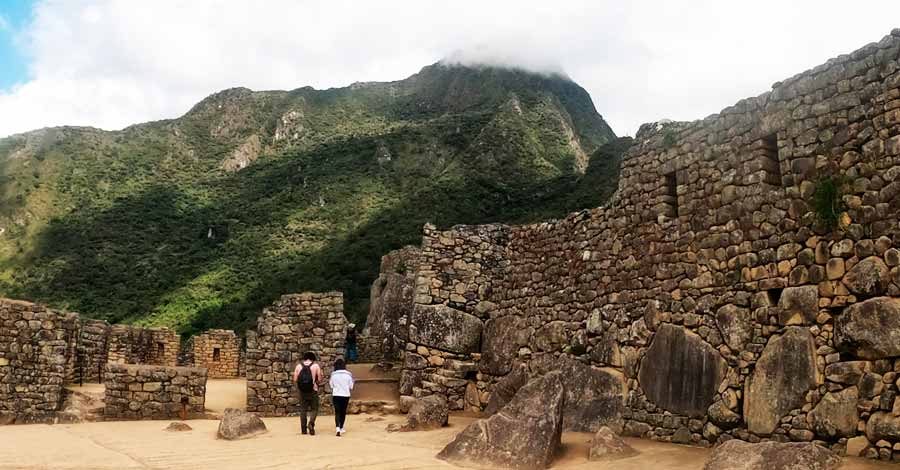
Cusco receives thousands of tourists every year. Your main concern should be to book your tickets to Machu Picchu or the Inca Trail in advance, especially if you come in high season (May to October). Cusco is one of the safest cities in Peru. False warnings about the safety in Cusco, make some people get the wrong idea.
Auri Peru Travel invites you to discover one of the 7 wonders of the world in Peru. Don’t be afraid to come to Cusco and Machu Picchu, they are beautiful and peaceful places; your only concern should be to enjoy every minute of your time here. Our expert travel designers are well prepared to solve any doubt you may have to organize an unforgettable trip! Just let us know what you are looking for and we will make it happen for you!








